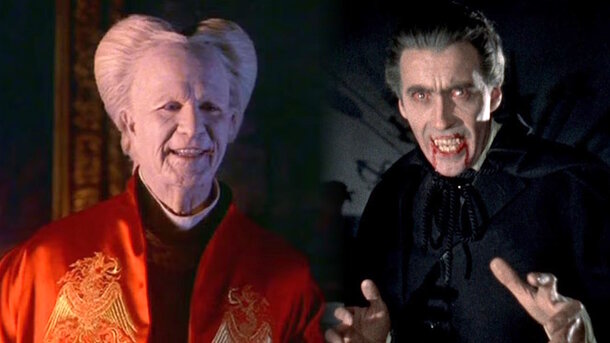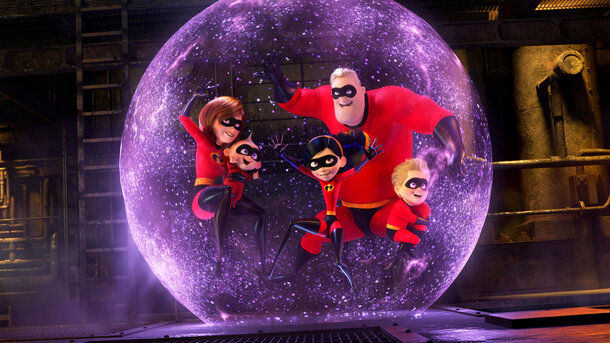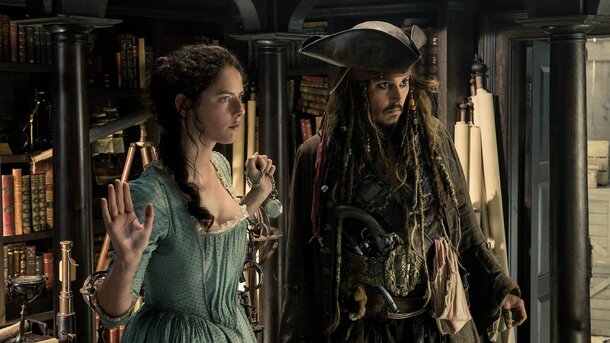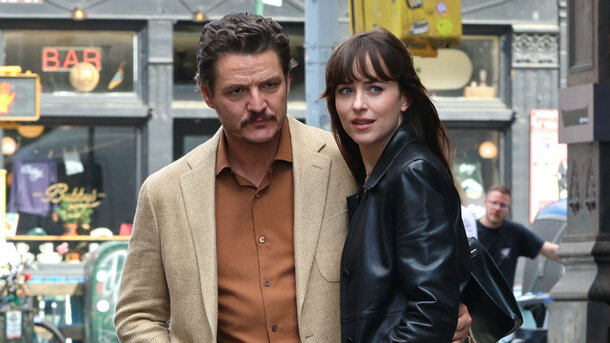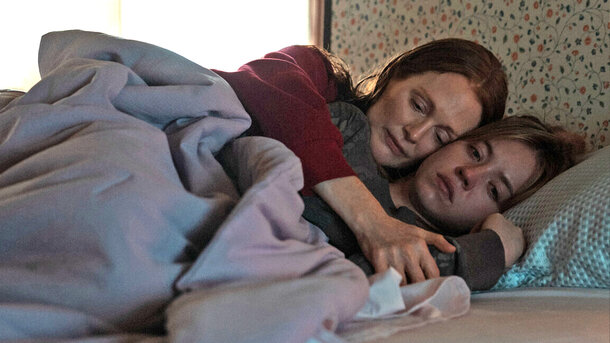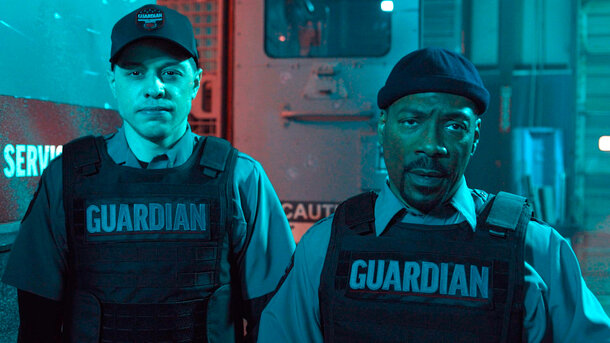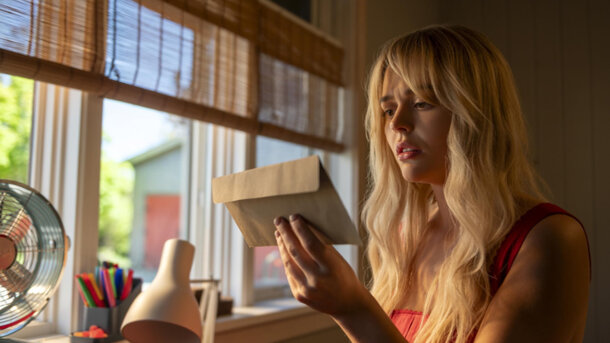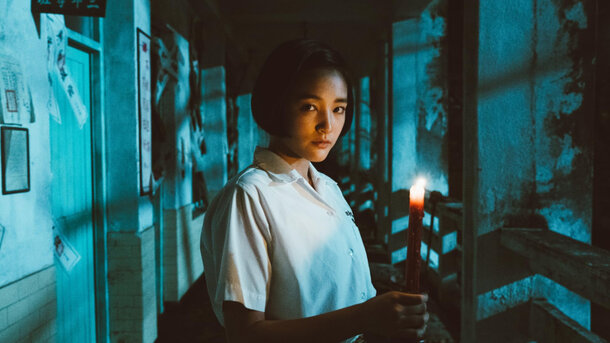It’s well-known that many literary works are adapted into films, some of which go on to become cult classics. Remakes are a familiar part of the film industry as well. Today, we’re focusing on British and American film adaptations of the same literary works, analyzing which version resonates more with audiences and why.
Dracula by Bram Stoker
British Adaptation: Dracula (1958) Hammer Horror’s Dracula, directed by Terence Fisher, features Christopher Lee’s iconic portrayal of the vampire. Though the pacing might feel slow today, its Gothic atmosphere and strong performances have made it a cult classic.

American Adaptation: Bram Stoker's Dracula (1992) Francis Ford Coppola’s visually extravagant adaptation, with Gary Oldman’s memorable performance, was commercially successful but received mixed reviews due to its romantic elements and uneven pacing.
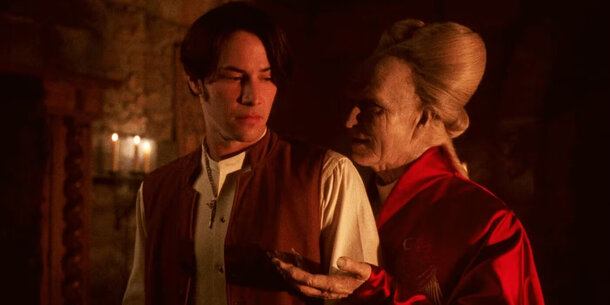
Verdict: While Coppola’s version gained critical attention for its grandeur, the 1958 film remains iconic for its influence on the genre.
The Woman in Black by Susan Hill
British Adaptation: The Woman in Black (1989) This TV movie focuses on eerie atmosphere and restrained pacing, earning a cult following for its slow-burn tension and minimalist horror.

American Adaptation: The Woman in Black (2012) Starring Daniel Radcliffe, this version is visually striking but relies on jump scares, which some felt diminished its atmospheric terror.

Verdict: The 1989 film’s subtler approach is often considered superior to the 2012 version’s commercial success.
The Turn of the Screw by Henry James
British Adaptation: The Innocents (1961) Regarded as one of the best ghost stories ever made, The Innocents is praised for its psychological depth, strong performances, and eerie ambiguity.

American Adaptation: The Turning (2020) The remake took a modern approach but was poorly received due to a convoluted plot and weak execution of psychological horror.

Verdict: The Innocents is considered superior for its tension and subtle horror, while The Turning failed to capture its depth.
Conclusion
In these adaptations, the British films tend to focus on building slow-burn tension and atmosphere, prioritizing psychological depth. Meanwhile, American versions often favour more visual flair, jump scares, and romantic elements. The British films, though slower, are often more critically celebrated for their subtlety and restraint, while the American versions, despite their commercial success, sometimes struggle to capture the same level of atmosphere and terror.
